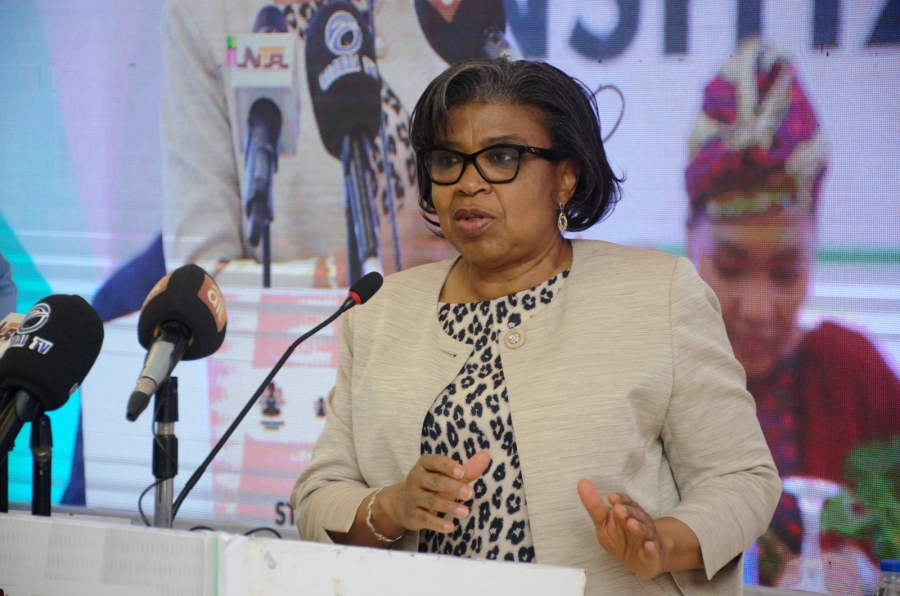Nigeria’s external debt servicing surged to $1.08 billion in the final quarter of 2024, a sharp rise that underscores mounting concerns about the country’s debt sustainability and foreign exchange pressures.
The figure, released by the Debt Management Office (DMO), reflects a growing burden compared to the previous quarter when total debt service across all categories hit N3.57 trillion—up 1.71% from Q2 2024.
A breakdown of the Q4 data reveals that multilateral creditors claimed the largest share of external debt servicing, accounting for 55.7% or $600.71 million. The International Monetary Fund (IMF) was the top beneficiary, receiving $407.97 million—more than any other lender.
Other multilateral repayments included:
International Development Association (IDA): $116.48 million
African Development Bank (AfDB): $43.89 million
International Bank for Reconstruction and Development (IBRD): $14.48 million
Islamic Development Bank (IsDB): $5.83 million
Commercial loans made up the second-largest share, absorbing $430.53 million or 39.9% of total external debt payments. Within this category, Eurobond holders were paid $148.57 million, while $280.16 million went toward syndicated loan repayments.
Additional payments to commercial lenders included:
UniCredit S.P.A: $1.54 million
Standard Chartered Bank: $144,000
Deutsche Bank AG: $108,000
Bilateral creditors were paid a total of $46.85 million, which represents 4.3% of the total. France’s development agency, AFD, received the lion’s share at $33.13 million, followed by:
Germany (KfW): $11.84 million
China Development Bank: $1.88 million
However,, there were no recorded payments to Japan, China Exim Bank, or India Exim Bank in the quarter.
With the bulk of external payments going to multilateral and commercial lenders, especially the IMF and Eurobond holders, analysts warn this reliance on costlier, non-concessional financing poses long-term risks.
“These policies create significant trade barriers that lead to lost revenue for U.S. businesses looking to expand in the Nigerian market,” the USTR recently noted in a related context, underscoring how global economic headwinds and internal policy choices are converging on Nigeria’s fiscal landscape.
As Nigeria grapples with exchange rate volatility and strained foreign reserves, the rising debt service cost adds another layer of pressure, prompting urgent calls for a more sustainable financing strategy.



